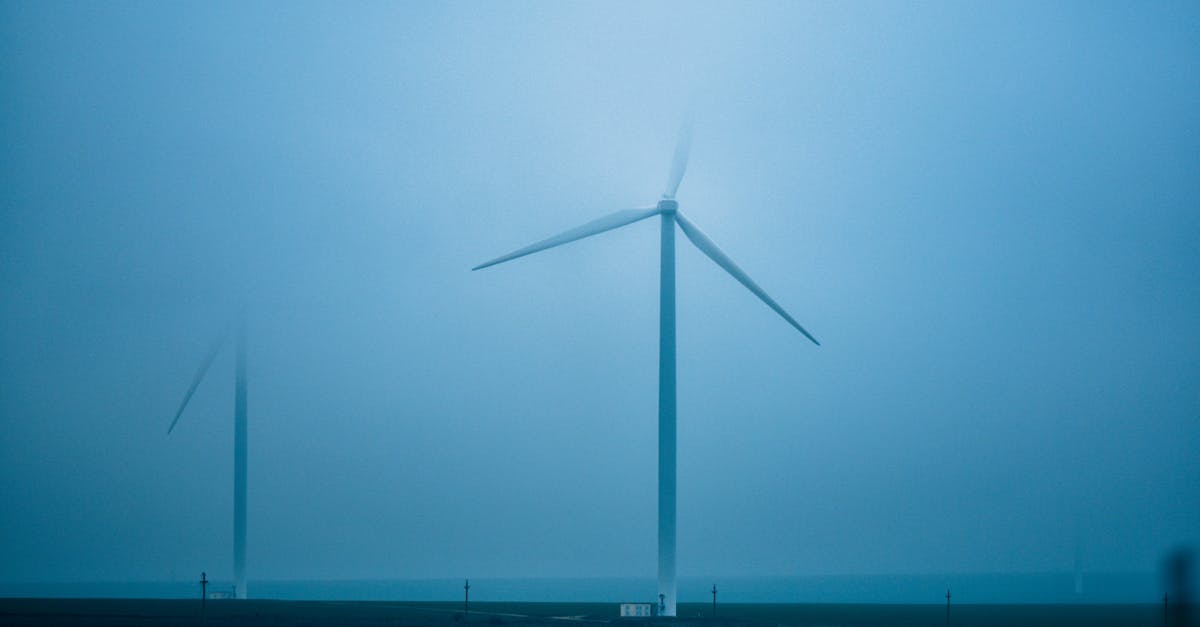Harnessing the Air for Water: The Promise of Atmospheric Water Generators

Introducing Atmospheric Water Generators: Unlocking Sustainable Water Solutions
In a world grappling with water scarcity and environmental challenges, Atmospheric Water Generators (AWGs) emerge as an innovative technology promising to revolutionize water management. These devices harness the power of ambient air to extract pure drinking water, offering a sustainable solution for communities and individuals alike.
Thank you for reading this post, don't forget to subscribe!
AWGs operate on a simple yet ingenious principle: they condense moisture present in the air into liquid water. By cleverly manipulating temperature and humidity levels, AWGs mimic the natural water cycle, creating a clean and reliable source of drinking water from the very air we breathe.
Their significance extends beyond water provision. AWGs offer a decentralized and sustainable approach to water management. They can be installed in remote areas, disaster-stricken zones, or off-grid communities, ensuring access to clean water even in the most challenging circumstances. Moreover, AWGs reduce our reliance on traditional water sources, helping to preserve precious ecosystems and mitigate the impact of climate change.
1. What is an Atmospheric Water Generator (AWG)?
What is an Atmospheric Water Generator (AWG)?
Atmospheric Water Generators (AWGs) are innovative devices that extract water from the air around us. They operate on the principle of condensation, mimicking the natural water cycle to create a sustainable source of clean drinking water.
AWGs work by drawing in air, which is then cooled below its dew point. As the air cools, the water vapor condenses into liquid water, which is then collected and stored. The process is energy-efficient and can be powered by renewable energy sources, making AWGs a sustainable solution for water provision.
The significance of AWGs lies in their ability to provide clean water in areas where traditional water sources are scarce or contaminated. They can be used in remote communities, disaster-stricken zones, and off-grid locations, offering a reliable and sustainable water supply. Additionally, AWGs can supplement existing water sources, reducing our reliance on traditional water infrastructure and helping to preserve precious water resources.
2. Types of Atmospheric Water Generators
Types of Atmospheric Water Generators
Atmospheric Water Generators (AWGs) come in various types, each designed for specific applications and capacities. Here are the main types of AWGs:
- Residential AWGs: Designed for homes and small-scale use, these AWGs are compact and produce a limited amount of water, typically ranging from 5 to 30 liters per day. They are ideal for supplementing existing water sources or providing drinking water in off-grid or remote locations.
- Commercial AWGs: Suitable for businesses, offices, and other commercial establishments, these AWGs have a larger capacity, producing up to several hundred liters of water per day. They can serve as a primary or supplemental water source, reducing reliance on bottled water or municipal supplies.
- Industrial AWGs: Designed for large-scale applications, such as factories, hospitals, and communities, these AWGs can produce thousands of liters of water per day. They are often used in areas with limited access to clean water or as a sustainable water source for industrial processes.
The energy consumption of AWGs varies depending on their size, capacity, and efficiency. Smaller residential AWGs typically consume less energy, while larger commercial and industrial AWGs require more power to operate. However, advancements in technology have led to more energy-efficient AWGs, making them a viable option for sustainable water management.
3. Energy Efficiency of AWGs
Energy Efficiency of AWGs
The energy efficiency of Atmospheric Water Generators (AWGs) is crucial for optimizing water production while minimizing operating costs. Two key metrics are used to measure AWG efficiency: Energy Efficiency Ratio (EER) and Coefficient of Performance (COP).
- Energy Efficiency Ratio (EER) measures the amount of water produced per unit of energy consumed, expressed in liters per kilowatt-hour (L/kWh). A higher EER indicates greater energy efficiency.
- Coefficient of Performance (COP) is another measure of efficiency that takes into account the heat energy used in the water production process. It is calculated as the ratio of the heat energy absorbed by the water to the electrical energy consumed by the AWG.
When choosing an AWG, it is important to consider its energy efficiency. More energy-efficient AWGs will consume less electricity to produce the same amount of water, resulting in lower operating costs. Look for AWGs with high EER and COP ratings to maximize energy efficiency and savings.
Additionally, there are several factors that can affect the energy efficiency of AWGs, including the ambient temperature, humidity levels, and the size and design of the AWG. Proper maintenance and regular cleaning of the AWG can also help to maintain optimal energy efficiency.
4. Factors Affecting Electricity Consumption
Factors Affecting Electricity Consumption
The electricity consumption of Atmospheric Water Generators (AWGs) can be influenced by a number of factors, including:
- Humidity levels: AWGs extract moisture from the air, and the amount of moisture in the air (humidity) directly affects their energy consumption. Higher humidity levels generally result in lower energy consumption, as the AWG does not have to work as hard to extract water from the air.
- Ambient temperature: The ambient temperature also plays a role in AWG energy consumption. AWGs operate most efficiently in moderate temperature ranges. Extremely high or low temperatures can increase energy consumption as the AWG has to work harder to cool or heat the air to the optimal temperature for condensation.
- Generator capacity: The capacity of the AWG, measured in liters of water produced per day, also affects its energy consumption. Larger capacity AWGs generally consume more electricity than smaller capacity AWGs.
Understanding these factors can help you optimize the energy consumption of your AWG. For example, if you live in an area with high humidity, you may be able to get away with a smaller, more energy-efficient AWG. Conversely, if you live in an area with low humidity or extreme temperatures, you may need a larger, more powerful AWG that will consume more electricity.
By carefully considering the factors that affect electricity consumption, you can choose the right AWG for your needs and minimize your operating costs.
What are the benefits of using an AWG?
AWGs offer several benefits, including providing access to clean drinking water in areas with limited or contaminated water sources, reducing reliance on traditional water infrastructure, and promoting sustainable water management practices.
How much does it cost to operate an AWG?
The operating cost of an AWG depends on the size, capacity, and energy efficiency of the unit. Smaller, more energy-efficient AWGs can cost as little as a few cents per day to operate, while larger, industrial-scale AWGs may have higher operating costs.
How do I choose the right AWG for my needs?
Consider factors such as your daily water consumption, humidity levels in your area, and available budget when choosing an AWG. It is recommended to consult with a qualified professional to determine the most suitable AWG for your specific requirements.
Are AWGs environmentally friendly?
Yes, AWGs are generally considered environmentally friendly because they produce water from the air, reducing the strain on traditional water resources. Additionally, many AWGs are designed to be energy-efficient and can be powered by renewable energy sources.




